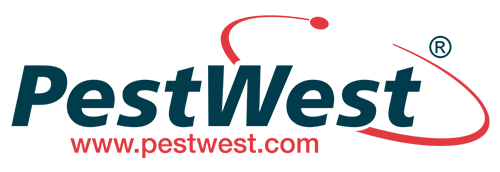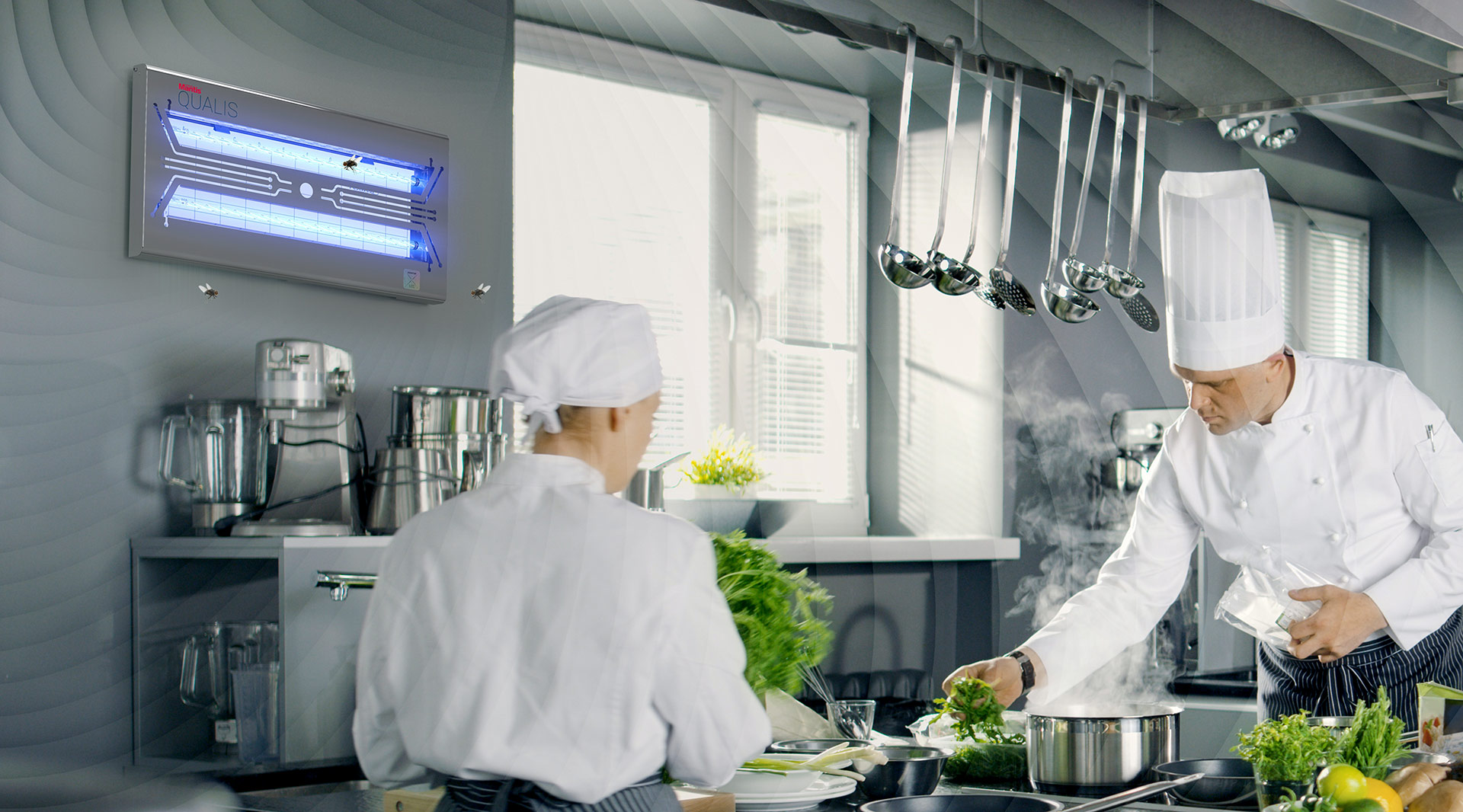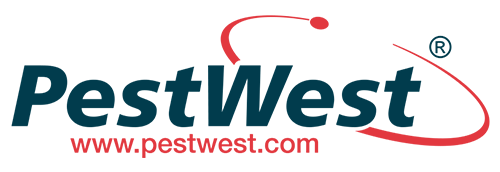Disentangling the Confusion by Unveiling the True Power of Insect Light Traps
By Dr. Stuart Mitchell
House fly (HF), Musca domestica, is typically attracted to an insect light trap as a function of phototactic response or naturally drawn to ultraviolet (UVA) light. LED UVA insect light traps emit UVA light, which is exceptionally effective in luring flies, as UVA wavelengths (320-400 nm) are highly visible to compound eyes.
HF experiences or perceives LED UVA light as a strong visual stimulus, which mimics natural environmental cues such as sunlight or specular and diffuse reflected light from surfaces. The approach and interaction process of HF with an LED UVA insect light trap and wavelength appropriate glue board can be described.
The attraction of HF to UVA light results through the process of phototransduction within compound eyes. Phototransduction is the biochemical process by which light is converted into electrical signals in the photoreceptor cells. For HF, rhodopsins (light-sensitive proteins) located in the ommatidia (individual units of compound eyes) are particularly sensitive to ultraviolet light, which is abundant in the LED UVA spectrum. This heightened sensitivity stimulates HF’s phototactic behavior, causing lure toward the trap. HF ultraviolet sensitivity evolved due to attraction to environments rich in potential food sources (rotting material and flowers).
HF often exhibits thigmotaxis, which is to seek contact with surfaces. Thigmotaxis is a common behavior in many insects that prefer to remain close to surfaces, using it for navigation, protection, and thermal regulation. Once inside the light trap, HF may move towards the walls of the trap or walk on surfaces, increasing the possibility of contact with the glue board adhesive. Such behavior can explain why flies are more likely to land on or move near the adhesive surface rather than immediately flying out of the light trap.
When HF adheres to a glue board, the adhesive forces at play involve the physical structure of the HF exoskeleton. The exoskeleton, made up of chitin, provides both rigidity and flexibility. The external layer of the cuticle, called the epicuticle, contains waxy substances that reduce water loss but may also interact with adhesives. The adhesive used on insect light trap boards typically contains high-tack or high pull-off force adhesives that bond quickly with the exoskeleton surface.
The physical principles of adhesion (Van der Waals forces and capillary adhesion) contribute to HF capture. Van der Waals forces are weak intermolecular forces between the glue and the exoskeleton, while capillary action may enhance adhesion if there is a slight moisture or residue on HF’s surface.
Once adhered to the glue board, HF may struggle toward freedom. This leads to increased contact between different parts of HF and the adhesive surface. Vigorous struggle can cause other body parts (wings or thorax) to adhere. Fatigue results as energy spent struggling reduces possible glue board escape.
Behavioral fatigue results from HF’s limited energy reserves. Once immobilized, HF’s metabolic rate may temporarily rise due to escape attempts. Energy quickly depletes further resulting in immobilization.
Located on the underside of HF tarsi are specialized adhesive pads called pulvilli. By secreting a thin film of liquid that increases adhesion through capillary forces, these pads enable HF to walk on smooth surfaces. However, when HF’s feet contact the glue board, these same adhesion mechanisms make it difficult for HF to detach as the strength of the adhesive exceeds the normal forces the pulvilli can handle.
Adhesives used on light trap glue boards are temperature-sensitive, with viscosity changing based on ambient conditions. For UVA fluorescent glue boards, the increased UVA lamp heat favorably affects the glue board adhesive. The higher lamp temperature increases the glue board adhesive pull-off force, which assures HF capture and hold. In contrast, UVA LED lamps operate at a much cooler temperature, which increases the pull-off force of special LED glue board adhesive. This assures flying insect capture and hold. As a result, each type of glue board adhesive is designed to work optimally within the respective type of light trap.
LED UVA insect light traps effectively exploit HF’s natural behaviors and biological features. HF phototactic response to UVA light, combined with thigmotactic tendencies, makes them prime pestiferous targets for light trap capture. By aligning LEDs with the HF UVA sensitivity, LED insect light traps offer a modern, efficient solution for attracting, capturing, monitoring, and controlling HF and other flying insect populations in numerous environments. Understanding underlying biological interactions continually improves trap design, making future flying insect control both more efficient and environmentally friendly.





